After a long break from film photography, digital helped me get the show on the road again. I acquired the superb Minolta DiMAGE 7i late in 2002 and moved on the the KM5D in 2006. The A200 was acquired in 2008. During this time Minolta merged with Konica and Sony subsequently acquired Konica Minolta so don’t be confused by the mix of Sony, Minolta/Konica Minolta, it all plays together nicely.
I very deliberately selected the APS-C format rather than full frame until recently. This permits the use of high quality APS-C specific lenses which offer superb image quality at a fraction of the size, weight and cost of their full frame relatives. Full frame is a whole new world with significant increases in resolution and capability compared to the A700 bodies. This provides new opportunities to revisit favourite spots for better images. May need to do another lap of New Zealand.
Much of this equipment is now old technology, and yet it continues to produce great images. This is what I am currently using routinely:
Cameras
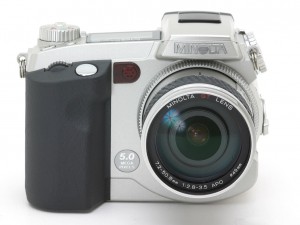 | The Minolta DiMAGE 7i was a significant camera in its day and was acquired in 2002. 5 megapixel sensor, GT lens, compact, good handling and superb image quality made it a leading edge instrument at the time, hampered by slow performance and a prodigious appetite for batteries. To use it effectively required patience. The results were worth it. DiMAGE 7i review. |
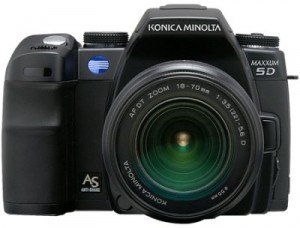 | The Konica Minolta 5D was the second DSLR body released by the then merged Konica and Minolta. It was quite rightly famous for superb image quality and handling as well as featuring sensor stabilisation, “Anti Shake”, quite unique at the time. This allowed it to be used hand held in situations where previously a blurred shot would have resulted. Now retired it served well for many years. 5D review. |
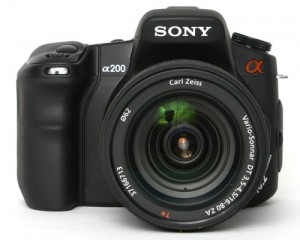 | Following the A100, Sony released the A200 as their new entry level DSLR. It is in my view the 5D replacement, with improved processing speed and a bigger 10 megapixel sensor. While it lacks some of the features of the 5D, image quality is very good. It’s semi-retired and is used if a single compact body is required. A200 review. |
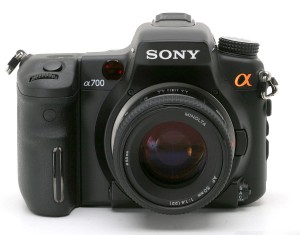 | From 2007, Sony’s A700 was the flagship of the Alpha range until the release of the A900. It is a serious device with the hallmarks of Minolta’s enthusiast/semi-pro range of cameras and Sony innovation. Although the newer SLT cams have more pixels, are faster and cleverer, the A700 remains a superb instrument. Two of these are currently in service mainly with the 16-105 and 70-300G. Its a great budget setup and delivers excellent results. A700 review. |
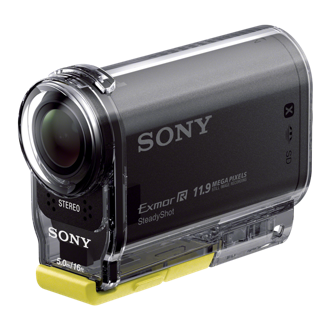 | Sony’s AS20 Action Cam, a no frills video camera is normally mounted on the front of the bike. Easy to use and decent results for this class of camera. AS20 review. |
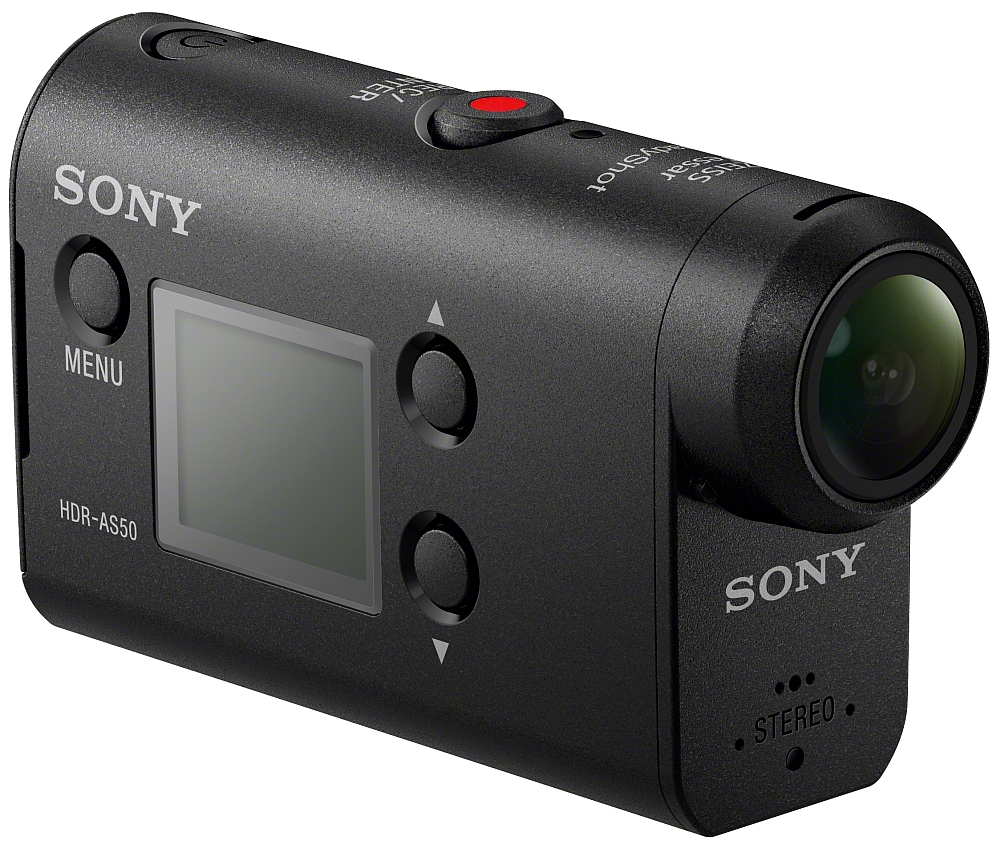 | Sony’s AS50 Action Cam has excellent image quality and replaces the AS20. AS50 review. |
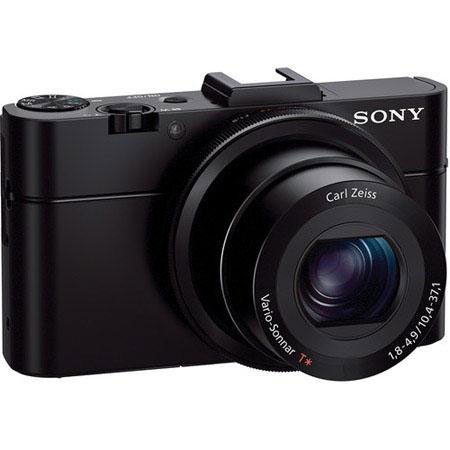 | Sony RX100 M2. A premium pocket camera that produces excellent quality, highly detailed images. This one is used primarily for images from the road because a iphone is not a camera. It just isn't. RX100 M2 review. |
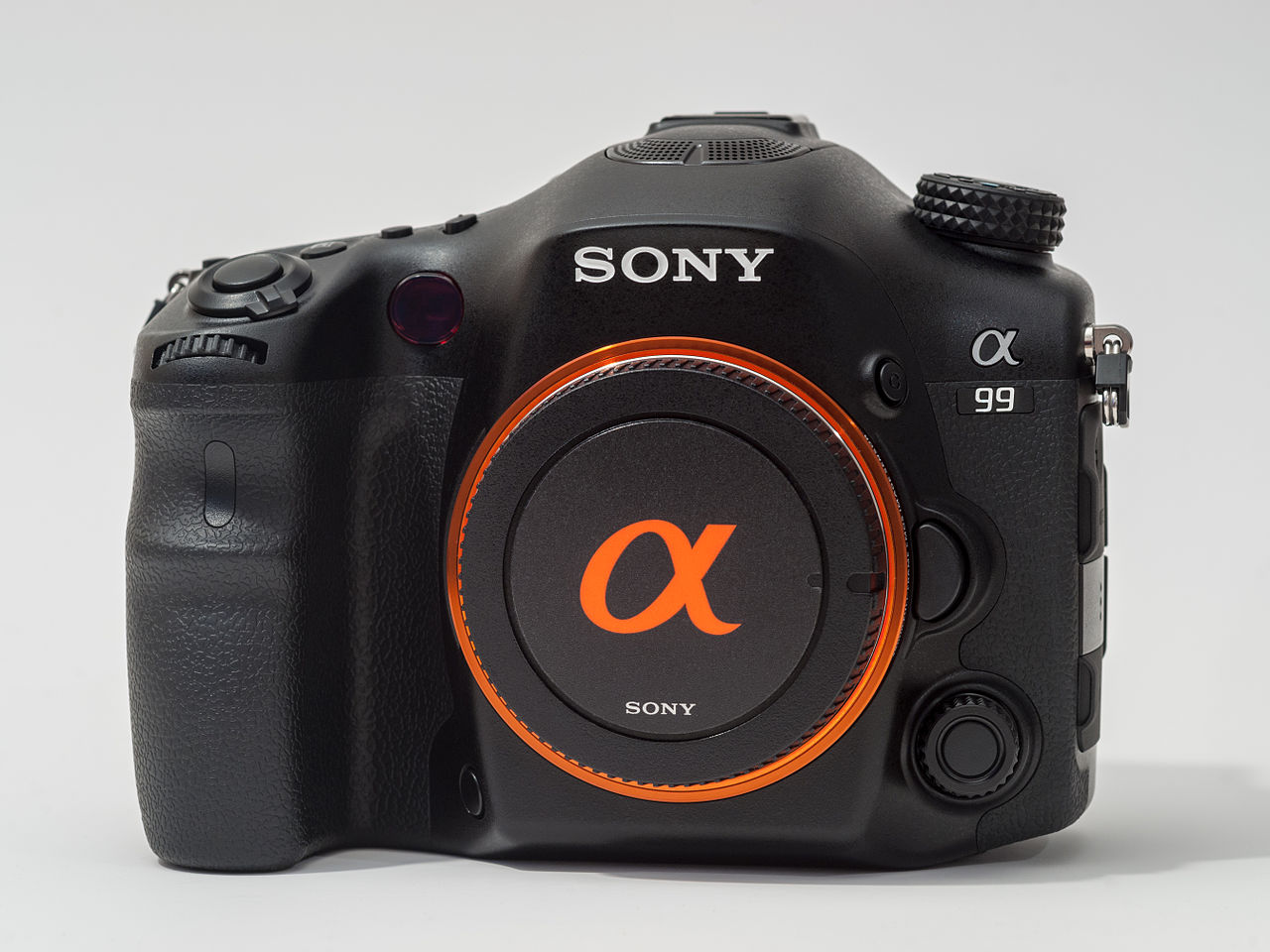
| The SLT-A99 from Sony is a 35mm full frame digital camera body equipped with Sony's translucent mirror technology. This enables it to shoot without the delay of a reflex mirror, and its Dual Autofocus System to continuously monitor and alter its focus in real time. A99 review. |
APS-C Lenses
Lenses specific to the APS-C format noting the full frame lenses also work with the APS-C bodies.
 | The Sigma 8-16mm F4.5-5.6 DC HSM is the only one of its kind. This is the first ultra wide zoom lens with a minimum focal length of 8mm, designed specifically for APS-C size image sensors. It has an equivalent angle of view of a 12-24mm lens when used on digital camera with an APS-C size image sensor. This lens comes into its own in confined spaces. It was indispensable in Italy, enabling views and perspectives of rural villages and medieval towns otherwise not possible. |
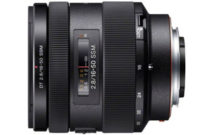 | Covering wide-angle to portrait-length perspectives, this standard 16-50mm zoom is designed for APS-C format A-mount cameras, where it will provide a versatile 24-75mm equivalent focal length range. A constant f/2.8 maximum aperture offers consistent performance throughout the zoom range and also lends greater control over focus position for shallow depth of field. Super handy for all sorts of things and renders nice images. |
 | Sony 16-105, this amazingly compact premium zoom lens provides superior all-around performance. Its 35mm-equivalent range of 24mm wide-angle to 157.5mm telephoto is perfect for capturing faraway subjects, sports events, dramatic landscapes and intimate close-ups. This is the lens that has been doing the bulk of the work for a lot of years now owing to its range and performance. |
Full Frame kit
In 2021 Sony announced it was retiring the Alpha mount in favour of the E mount. The prices of A mount glass plummeted as users divested and so I acquired an A99 and some heritage lenses to go with. At the moment the Zeiss lenses are still holding their value but as they become more affordable, I may get into those as well. I have specifically targeted Minolta lenses, I like the look of the images they make. And while the A99II would be the body to get, they are unobtainable in reasonable condition.
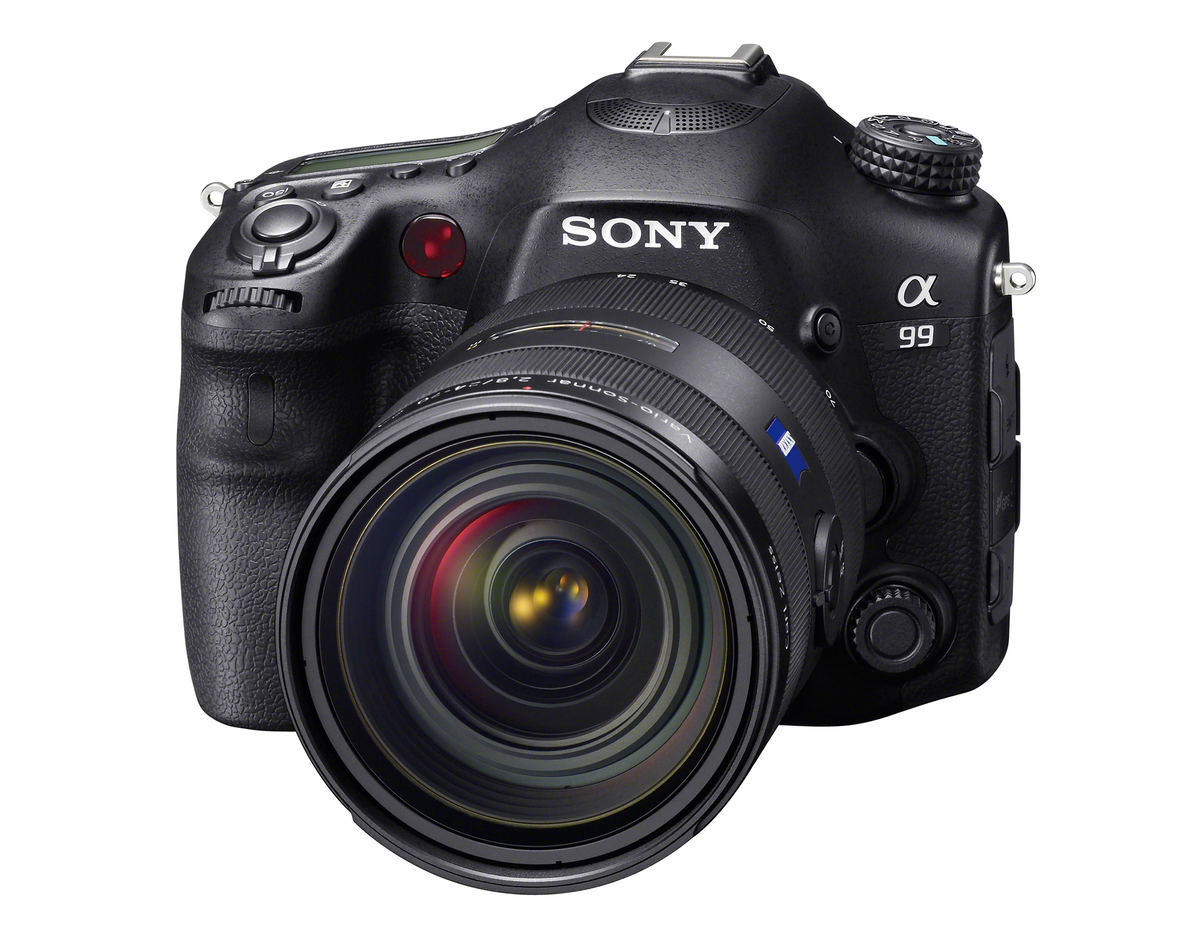 | The A99 is the flagship full frame digital camera of the day. Released in 2012 it offered a 24MP sensor, HD video capability, unique at the time dual sensor AF system for more precise subject tracking along with a 6fps continuous AF burst rate. It remains a very capable instrument. |
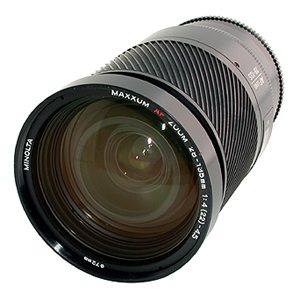 | The Minolta 28-135 is known as "the secret handshake" owing to an urban legend that suggests these lenses were made in conjunction with Leica - not true as it happens. These lenses are known for superb image quality when expertly wielded but also carry the foibles of the day including fringing under less than ideal conditions and susceptibility to flare. Plus being part of the original Minolta lineup, they are made of steel and heavy as a result although not unbearably so. Focus speed is acceptable with the A99. The reason for having it is the combination of useful full frame focal length and image quality making it an ideal walkaround lens. |
 | The Minolta 500 AF is a compact telephoto lens and unique being the only lens of its type with autofocus. Images contain the characteristic donuts on specular highlights owing to the mirror (catadioptric) design. Its a fantastic thing and capable of great images in a compact lens compared similar focal length lenses of traditional design. |
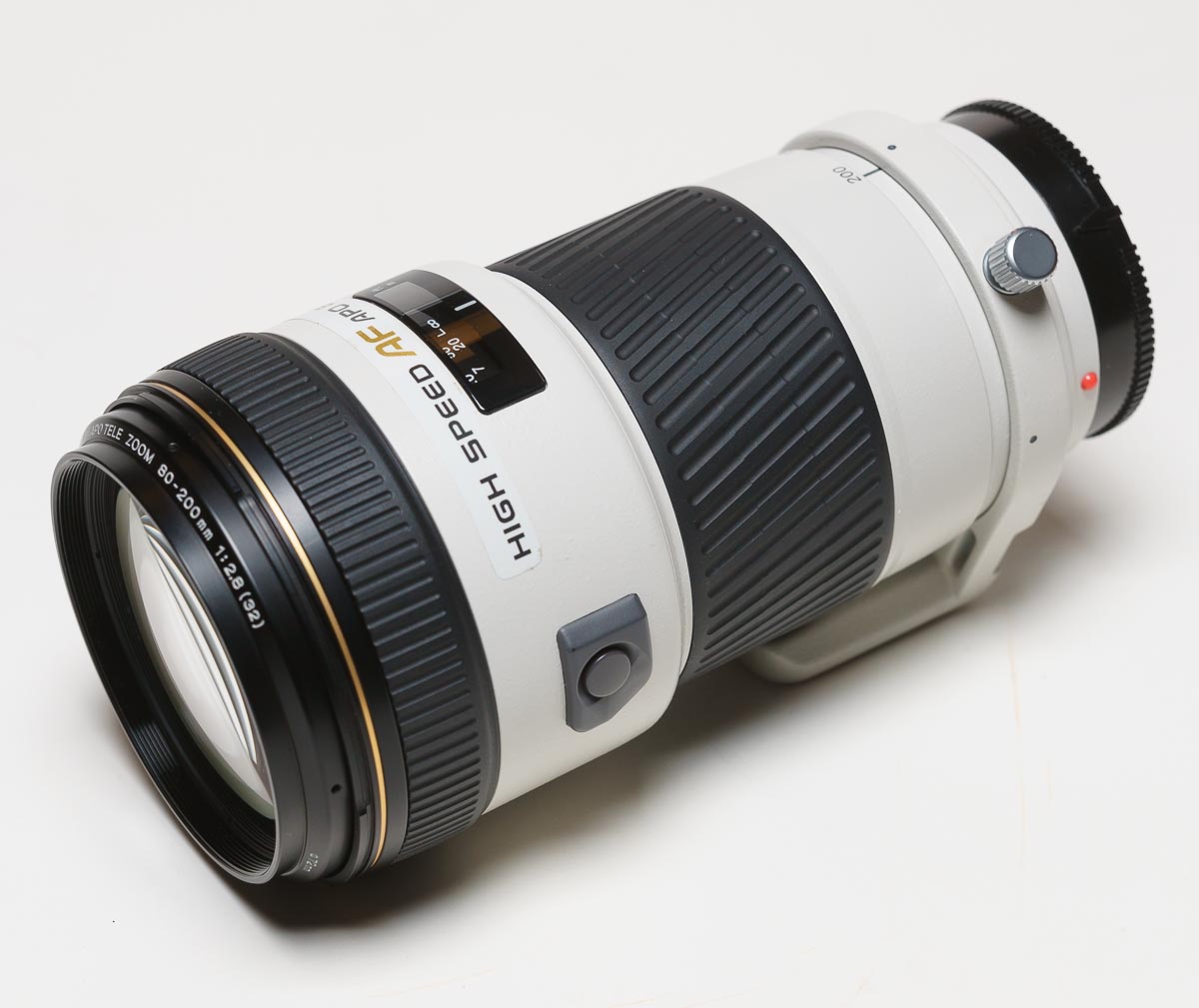 | Minolta AF 80-200mm F2.8 HS APO G, another legendary Minolta lens from the professional G range. These are prized lenses capable of amazing images. It's heavy as you might expect, the the images it produces are breathtaking. Its unlikely to be a lens grabbed for a casual walk around. |
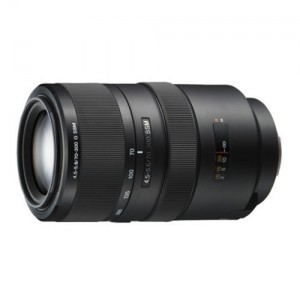 | The Sony G-Series 70-300mm f4.5-5.6 Telephoto Zoom Lens is a brilliant performer for a wide range of medium-distance and long shots, with SSM (Super Sonic wave Motor) design for fast, silent auto-focus, ED glass to virtually eliminate chromatic aberration, focus hold button and more. Minimum focusing distance of about 4 feet (1.2m) lets you move in close to your subject. It's light and compact enough that you can carry all day which is something that often defeats lenses of this range and quality. |
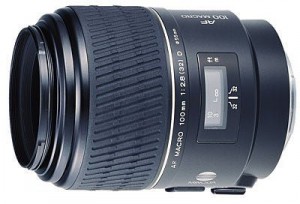 | Minolta 100 D macro, this versatile macro-focus lens covers a wide range of photographic applications, from close-up nature subjects to midrange telephoto shots -- making it ideal to carry on location or in the field. One of Minolta's legendary lenses, it is a highly technical thing to use properly, which I suppose is true of any macro lens. |
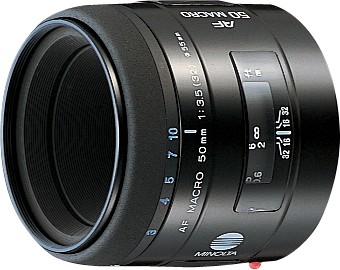 | Minolta 50 2.8 macro, which is a much easier thing to use than the 100 and far more versatile. Sharp and focuses much more quickly than the 100 but serves a different range of applications. |
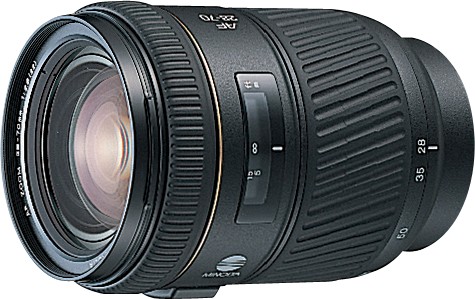 | The Minolta AF 28-70mm F/2.8 G is a professional grade lens (large, heavy and expensive). It has the sought after vintage quality of Minolta lenses, the rich colour and 3d image effect. Said to be slow to focus compared to new lenses, it provides an image with the classic Minolta look. |
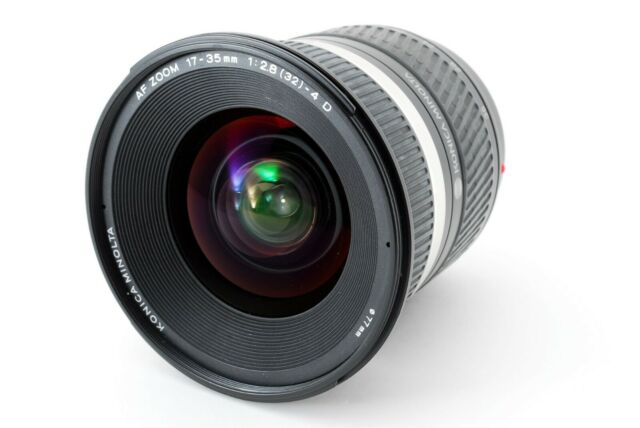 | Minolta created the 17-35 3.5G, the legendary companion to the 28-70G. This is not that lens as they still command a premium. Instead this is the later version the Konica Minolta Dynax AF 17-35mm f/2.8-4 AS AD D AF to give it the full title. It provides the wide angle focal lengths with about 90 percent of the image quality of its more renowned sibling. It has proven extremely capable but without the secret sauce the G lenses possess. One day should the prices ever fall within my reach, I will have the G variant. |
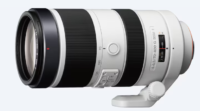 | The Sony 70-400 SSM G II is a large and heavy lens. It delivers sensational images and basically replaces the 70-300 SSM G other than the time you may not want to carry something so large. The images are so good though its unlikely the 70-300 will be used much again. |
Other gear includes a collection of Manfrotto camera supports, an articulating vanguard tripod and Godox strobes for macro photography, various filters, some vintage Minolta AF lenses. A pair of Sony 42AM flashes and an adapter for the A99.
A special mention to the BlackRapid DR-1 which makes carrying and using 2 cameras a breeze, even if it looks a bit geeky (which it is). Aside from the strap, nothing too fancy or expensive at all.
Might mention this website as well which has been around almost 20 years in one form or another. Currently powered by WordPress, Nextgen gallery and the Photocrati theme. New for 2024 is the addition of PostX which is used in various ways and improves the responsive site capability and ease of site configuration. The WordPress ecosystem is awesome like that.




























